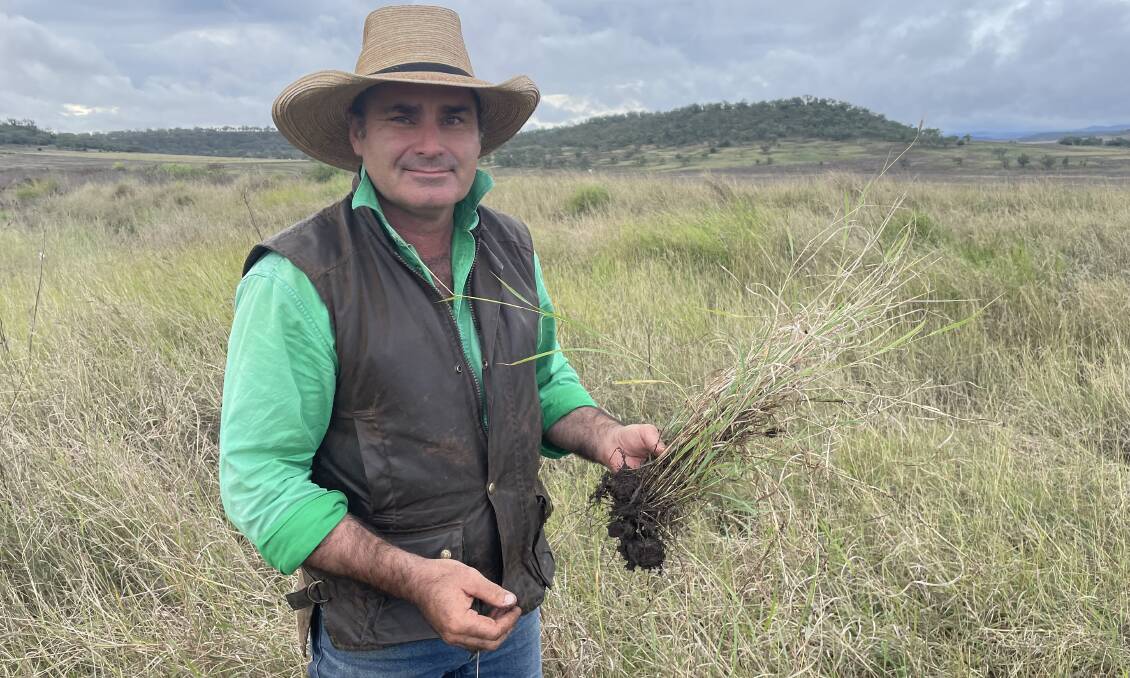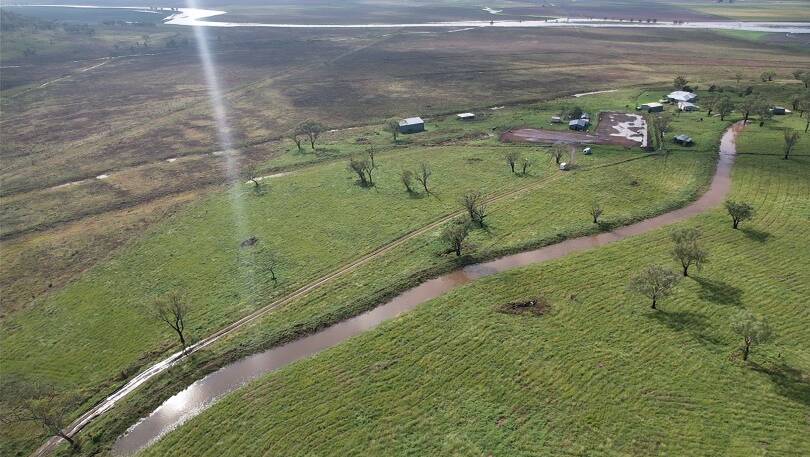
CALL it what you like - holistic management, sustainable agriculture or just good long-term farming practices - but Iain Bucknell says it's ultimately all about increasing the productivity and resilience of his agricultural business.
The Felton Valley grazier has converted all of the former grain growing country on Allandale back to grass, with longer term plans of having in-pasture crops harvested for either grain or forage.
"I don't ever want to see bare earth," Mr Bucknell said.
"The objective is to have permanent, 100 per cent ground cover and a continually productive grazing business.
"The right pasture species as well as time and timing of the grazing animals are the drivers."
"The objective is to have permanent, 100 per cent ground cover and a continually productive grazing business. The right pasture species as well as time and timing of the grazing animals are the drivers."
- Iain Bucknell, Allandale, Felton
Allandale has been divided into four large paddocks, with hot wires used to create temporary 2ha areas. These cells are grazed by up to 150 cattle for no more than a 24 hour period.
"By grazing these small areas we largely eliminate selective grazing by forcing the animals to compete for the available pasture," he said.
"The timing is in that the pastures have had the amount of time needed - and enough soil moisture - to have fully recovered when the cattle next come on to that area."
Mr Bucknell said he worked on the principle a minimum of eight plant species were required to form the basis of a healthy landscape.
"It's no secret that what's going on under the ground is just as important as what's happening above the ground," Mr Bucknell said.

"It's about having the plants getting the maximum benefit from the soil, and the soil getting the maximum benefit from the plants, through a biological synergy of microorganisms feeding both plants and soil.
"That means we need biodiversity and to avoid monocultures.
"Grasses are the gold standard, but many other plant species also work very well."
To that end, Mr Bucknell said the mulch created by the grazing animals played a crucial role in conserving moisture and adding organic matter to the soil.
"We're already seeing a significant increase in water infiltration - up to a 100 per cent increase - by slowing the flow of water across the landscape," he said.
This strategy has included the conversion of contour banks into barriers, which hold water.
"The contour banks were originally designed to steer the water off the paddocks and get it down the creek as quickly as possible," Mr Bucknell said.
"With a pretty minimal amount of work we now have elongated catchments, which help water the pasture system. We have all these great management tools available and they are certainly doing a terrific job, at least for us."
Want daily news highlights delivered to your inbox? Sign up to the Queensland Country Life newsletter below.


